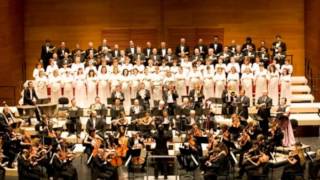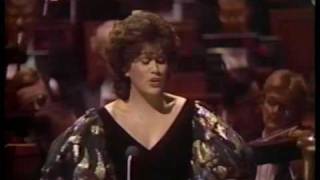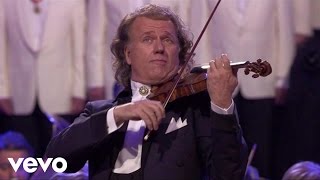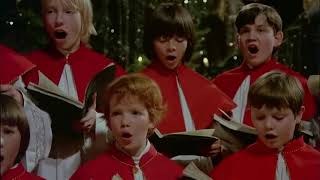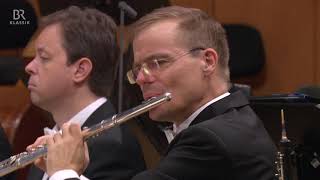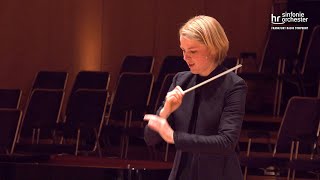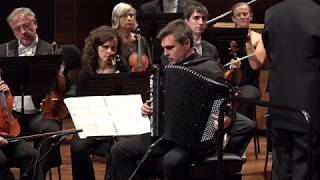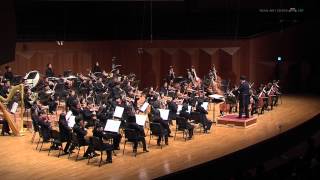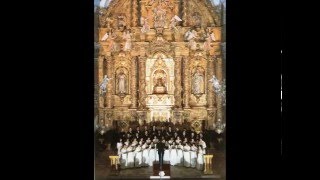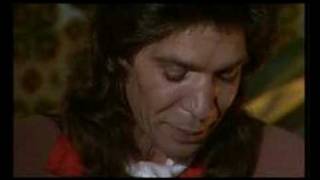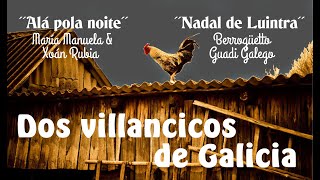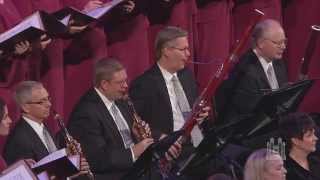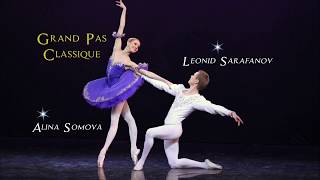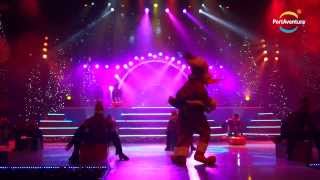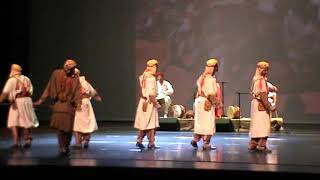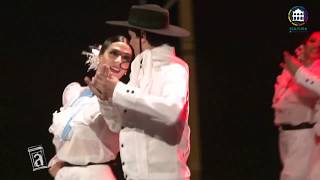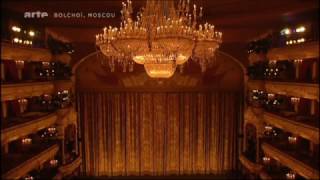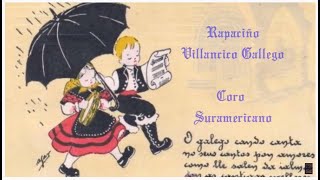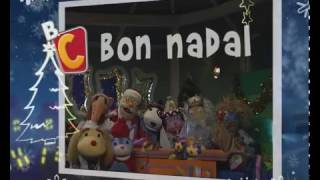Recommended music videos for initiation to classical music
Bartolomé María de Ercilla (1863-1898) was born in Durango , Bizkaia, the son of the former mayor of the town, Juan Timoteo de Ercilla y Cenarruzabeitia ; which facilitated his relationship with some of the main banners of Basque culture at the time, such as Miguel de Unamuno, Felipe Arrese or Arturo Campion . He was the first director of the Durango Music Band , as well as creator of the Orfeón Iparraguirre . He combined his compositional work with teaching, playing the piano, conducting instrumental and vocal ensembles and even organizing cultural events, such as the Bilbao Friendship Circle Musical Evenings . He died in Durango , a natural death according to the chronicles, when the composer was only 35 years old.
Sarritan Messiah . On Christmas Day 1892 his best-known work was premiered, the popular Christmas carol Mesias Sarritan written for three mixed voices and organ with zortziko for tenor solo. It is dedicated to Castor de Gorrichategui , a Berriztarra professor of whom he was a disciple, with lyrics by the priest Balbino de Garitaonandía , chaplain of the Durango Hospital , and is published under opus number 51. This numbering indicates that, at the age of 29, , Ercilla had composed at least that number of works, mainly written for piano, band, keyboard and voice, choir, orchestra, and arrangements of works by other authors. (Extracted from the article by Luis Orduña Ridruejo , Director of the Tabira Band of Durango, published by Astola magazine)
Adolphe Adam (1803-1856) was a French composer born in Paris and author of abundant stage music. His first successes came to him in his adulthood with the ballet Giselle and the opera Si j'étais roi ; by then he had already written several ballets and operas; In total he wrote 40 operas, 14 ballets and various cantatas, hymns, masses, choirs, piano pieces, pantomimes, military marches and plays; Of all these compositions, it is worth mentioning, in addition to those already mentioned, the Christmas carol that we offer today, Minuit chrétien , known worldwide, in its English translation, as O Holy Night , and the ballet Le Corsaire. From 1849 until his death in 1856 he was professor of composition at the Paris Conservatoire .
Minuit, chrétien , known in Spanish as "Oh Santa noche" and in English as "O Holy Night" is a Christmas carol composed in 1847 with music by composer Adolphe Adam and lyrics originally written in 1843 in French by Placide Cappeau . Composed for soprano and piano, this canticle is often sung accompanied by the organ during the second Christmas mass traditionally celebrated on December 24 at midnight. The Christmas carol refers to the birth of Jesus and, since its composition, it has been covered by a multitude of singers and music bands, which is why it has become a classic of popular Christmas carols around the world, especially in the English speaking countries.
Kiri Te Kanawa (1944) She is a retired New Zealand soprano, considered a benchmark in the roles of Handel and Verdi . As a young man he studied with the nun, Sister Mary Leo , and after winning a singing competition, he received a scholarship to study in London . She started out as a mezzo-soprano ; but working with the conductor Richard Bonynge , he encouraged her to switch to the soprano register. He had a successful debut with Mozart 's Marriage of Figaro , which opened the doors of internationality and pre-eminence for him; moment, from which offers from the most renowned theaters rained down on him. Throughout his career he has received prestigious awards from the British, Australian and New Zealand governments, as well as honorary degrees from the Universities of Cambridge, Oxford, Nottingham and Chicago , among others.
Franz Xaver Gruber (1787-1863) was an Austrian composer, poet, and organist.
He was a schoolteacher and organist at the Church of St. Nicholas , in Oberndorf bei Salzburg , a town near Salzburg , where he premiered, in 1818, the famous Christmas carol Silent Night , whose music was written by him and lyrics by Fr. Joseph Mohr .
Silent Night (Silent Night, Stille Nacht) is a well-known Austrian Christmas carol originally composed in German by the Austrian schoolteacher and organist Franz Xaver Gruber ; the lyrics were performed by the Austrian priest Joseph Mohr . In 2018, on the bicentennial of the Christmas carol, Unesco declared it a Cultural and Intangible Heritage of Humanity . The song has been recorded by many singers and in various musical genres; Bing Crosby 's version is the most popular worldwide, being the third best-selling single in history. The music performed today differs slightly from Gruber 's original, particularly in the final notes.
It was first performed on December 24, 1818 in the church of Saint Nicholas in Oberndorf , Austria. Today it is offered to us by the Dutch maestro André Rieu with his choir and orchestra.
Joy to the World is an English Christmas carol, written by the English minister and hymnist Isaac Watts (1674-1748), based on a Christian interpretation of Psalm 98 . The song was first published in 1719 in Watts ' collection The Psalms of David . In the first and second stanzas, Watts writes of heaven and earth rejoicing at the coming of the King . An interlude that depends more on Watts ' interpretation than on the text of the psalm, the third stanza speaks of the blessings of Christ extending victoriously over the kingdom of sin. Stanza four celebrates Christ 's rule over the nations. The nations are called to celebrate because God 's faithfulness to the house of Israel has brought salvation to the world.
The version that we present today is offered to us by the Irish musical ensemble Celtic Woman , which is made up of four women: three singers and a violinist; ensemble with a repertoire that includes both Irish folk songs and pop songs from other nationalities.
Recommended classical music videos
Johann Sebastian Bach (1685-1750) was a German violinist, organist, conductor, and composer; He was born in Eisenach into the most prominent musical family in history with more than 30 famous composers in its midst. In 1703 he obtained his first job as a court musician for the Prince of Arndstat and in 1707 he moved to Mülhausen as an organist, where he married his cousin Maria Barbara with whom he had seven children. After the death of his wife in 1720, he remarried after a year and a half with María Magdalena with whom he would have another thirteen children. In 1723 he moved to Leipzig where he would reside until his death at the age of 65. A prolific composer, he is considered one of the three main geniuses in the History of Music along with Mozart and Beethoven.
The Christmas Oratorio , which we can watch today, is an oratorio divided into six cantatas to be performed on different days of the Christmas holidays: 1.- The Nativity (December 25). 2.- The announcement to the shepherds (December 26). 3.- The adoration of the shepherds (on December 27). 4.- The circumcision and baptism of Jesus (January 1). 5.- The trip of the Magi (the first Sunday of January). 6.- The adoration of the Magi (on January 6). In spite of which, it is usually presented as a single whole or as two units: cantatas 1, 2 and 3 on the one hand and cantatas 4, 5 and 6 on the other.
Today we offer the complete Oratorio with Peter Schreier (Tenor), Robert Holl (Bass), the Tölzer Knabenchor Choir and the Concentus Musicus Wien Instrumental Ensemble conducted by the Austrian maestro Nikolaus Harnoncourt.
Wolfgang Amadeus Mozart (1756-1791) is considered one of the three giants of musical composition along with Bach and Beethoven . Child prodigy born in Salzburg , at the age of six he mastered the keyboard and the violin and began to compose. His father, Leopold exhibits him in exhausting tours of different European courts. A prolific composer (more than 600 works written from the age of five until his death), he cultivated all kinds of musical genres: piano works, chamber music, symphonies, concertante works, choral works, operas... each and every one of them, masterpieces of its gender. His operas The Magic Flute, Don Giovanni, Cosí fan Tutte, and The Marriage of Figaro are among the 10 most performed operas in the world. He died in Vienna at the age of 35.
Symphony No. 41 in C Major, K. 551, Jupiter r, is the last symphony Mozart composed. It seems that it was the musical impresario Johann Peter Salomon who added the epithet "Jupiter" to the symphony, implying that it had identical characteristics to that of the supreme and triumphant god. It consists of the four usual movements in those times: I Allegro vivace. II Andante cantabile. III Minuetto: Allegretto. IV Molto allegro.
Today we offer it directed by Simone Young , Australian conductor, who has been general director of the Australian Opera in Sydney , executive director of the Hamburg State Opera and principal conductor of the Philharmoniker Hamburg ; she has also been the first woman to conduct the Vienna Philharmonic and has recently been appointed musical director of the Sydney Symphony Orchestra .
Edvard Grieg (1843-1907) was a Norwegian composer and pianist, considered one of the main representatives of musical romanticism. His mother, Gesine , was his first piano teacher; Later, in the summer of 1858, Grieg met the legendary Norwegian violinist Ole Bull , a family friend and his mother's brother-in-law. Grieg adapted many themes and songs from his country's folklore, thus helping to create a Norwegian national identity, much like Jean Sibelius did in Finland or Antonín Dvořák in Bohemia . His most important works are: the Piano Concerto in A minor , the intimate Lyrical Pieces (for piano), the Holberg Suite (which we offer today) and, especially, Peer Gynt, incidental music that he wrote on behalf of the writer Henrik Ibsen for his eponymous drama.
The Holberg Suite, Op. 40, whose original title is " Holberg Period Suite " is a suite based on Baroque dance forms, composed by Edvard Grieg in 1884 to celebrate the second centenary of the birth of the writer Ludvig Holberg . It was originally composed for piano, but a year later it was adapted for string orchestra with the following movements: I (0´09´´) PRELUDE (ALLEGRO VIVACE) .-. II (03:05) SARABANDA (ANDANTE) . -. III (07:22) GAVOTTA (ALLEGRETTO) .-. IV (10:58) ARIA (RELIGIOUS ANDANT) .-. V (16:44) RIGAUDON (ALLEGRO CON BRIO). Today it is offered to us by the string section of the Frankfurt Radio Symphony conducted by the German maestro Ruth Reinhardt .
Ástor Piazzolla (1921–1992) was born in Mar de Plata , Argentina; At the age of three he moved with his family to New York and at the age of thirteen he met Carlos Gardel . On his return to Argentina , for six years he received classes from Ginastera while he regularly went to Café Germinal where tango music was the daily bread. He is part of different formations, where the purists considered his innovations as the “murder of tango”. With a certain dose of pessimism, he moved to Paris , where he contacted Nadia Boulanger who made him believe in himself and in the possible conjunction of tango with classical music. He returned to Buenos Aires with such activity that in 1973 he suffered a heart attack; despite what he continued with his compositions and recordings until in 1990 he suffered a thrombosis in Paris that he would not be able to overcome.
Five Tango Sensations is a five-piece ensemble for bandoneon and string quartet written in 1989 by Argentine composer Ástor Piazzolla . It was premiered in New York that year and recorded immediately afterwards by the Kronos Quartet and the bandoneon composer on an album that had the same title as the work. The album was part of a set of three albums with international overtones released simultaneously. These are the five movements of the suite: I (0´10´´) ASLEEP .-. II (5´32´´) LOVING .-. III (10´42´´) ANXIETY .-. IV (15´35´´) AWAKENING .-. V (21'42'') FEAR performed by accordionist Iñaki Alberdi accompanied by a string orchestra under the baton of maestro José Luis López Antón .
Recommended music videos for all tastes
Recommended peculiar videos
Recommended music videos for children
Various Wikipedia articles have been used to write these texts.
The texts of Videomusicalis are written in Basque, Spanish and English.





